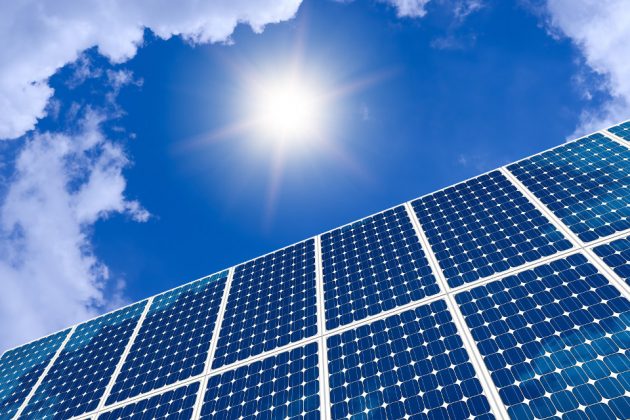
Nearly US$1T in investments by 2030 as power sector transitions to a decarbonized system
by CM Staff

Distributed generation will account for 10% of the world's global installed power generation capacity by 2030 and will be higher in developed economies

Frost & Sullivan – Distributed Energy Resources
SANTA CLARA, Calif. — Frost & Sullivan’s recent analysis, Growth Opportunities in Distributed Energy, Forecast to 2030, finds that the rate of annual investment in distributed energy resources (DER) will increase by 75% by 2030, with the market set for a decade of high growth.
Favorable regulations, declining project and technology costs, and high electricity and demand charges are key factors driving investments in DER across the globe. The COVID-19 pandemic will reduce investment levels in the short term, but the market will recover.
Throughout the decade, US$846 billion will be invested in DER, supported by a further US$285 billion that will be invested in battery storage.
“The DER business model will play an increasingly pivotal role in the global power mix as part of a wider effort to decarbonize the sector,” said Maria Benintende, senior energy analyst at Frost & Sullivan, in a prepared statement. “Additionally, solar photovoltaic (PV) will dominate throughout the decade. Residential solar PV will account for 49.3% of total investment ($419 billion) with commercial and industrial solar PV accounting for a further 38.9% (US$330 billion).”
Benintende added: “In developing economies, DER offers a chance to bridge the electricity supply gap that still exists in a number of country markets. Further, in developed markets, DER is a key part of the transition to a cleaner and more resilient energy system.”
DER offers revenue growth prospects for market participants, including:
- Technology original equipment manufacturers (OEMs): Offer flexible after-sales support, including digital solutions such as asset integrity and optimization services for their installed base.
- System integrators and installers: Target household customers and provide efficient and trustworthy solutions with flexible financial models.
- Energy service companies (ESCOs): ESCOs should focus on adding DER deployments to expand and enhance their traditional role of providing energy savings and demand-side management services to customers.
- Utility companies: Deployment of DER can create new revenue streams for utility companies. DER provides an opportunity to aggregate service offerings and expand the customer base.